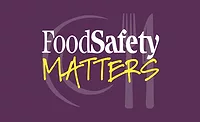Cannabis edibles and beverages packaging for maximum consumer safety
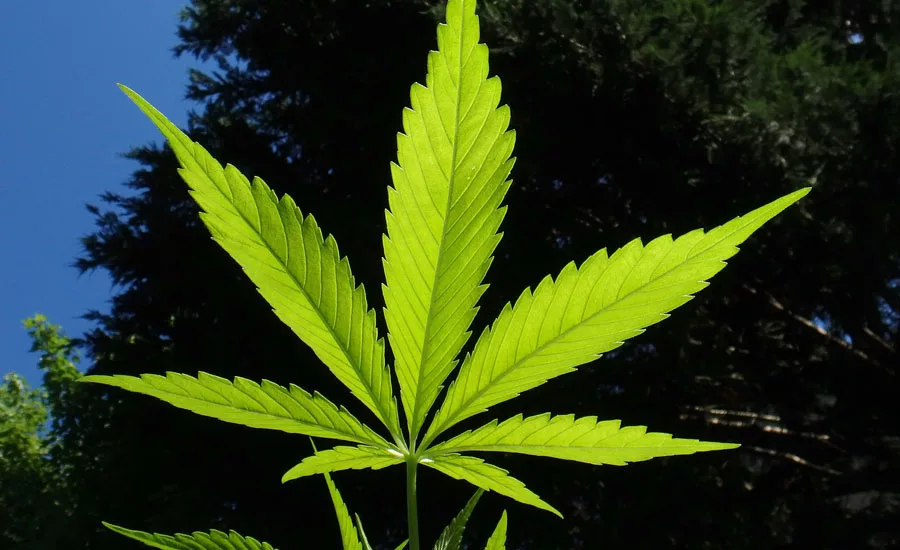
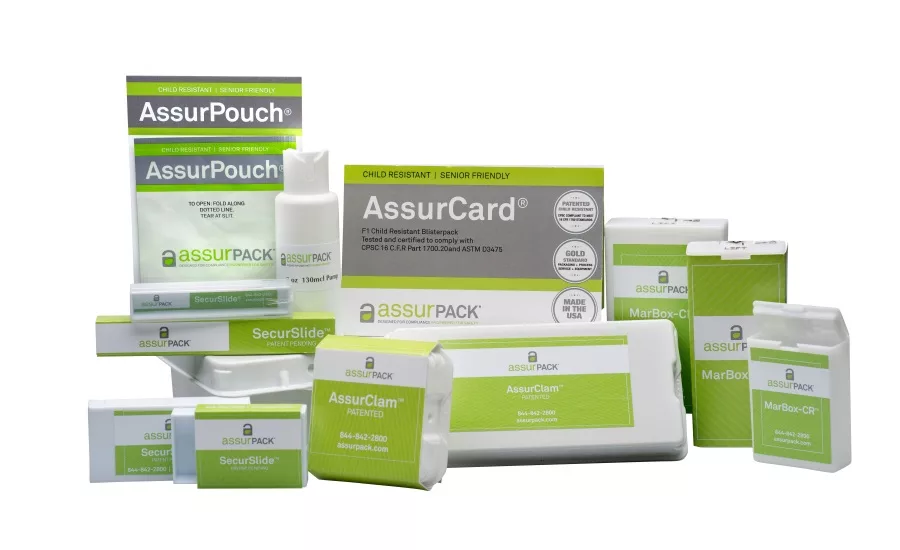
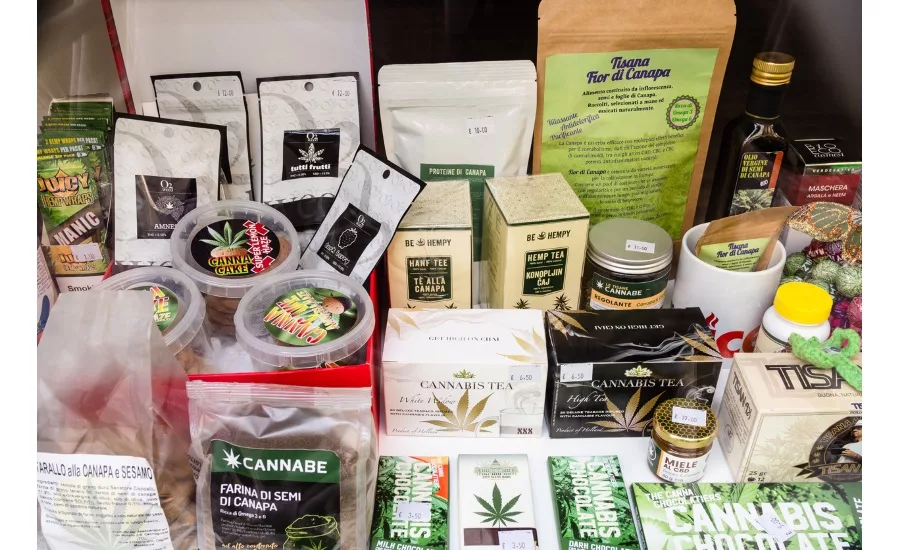
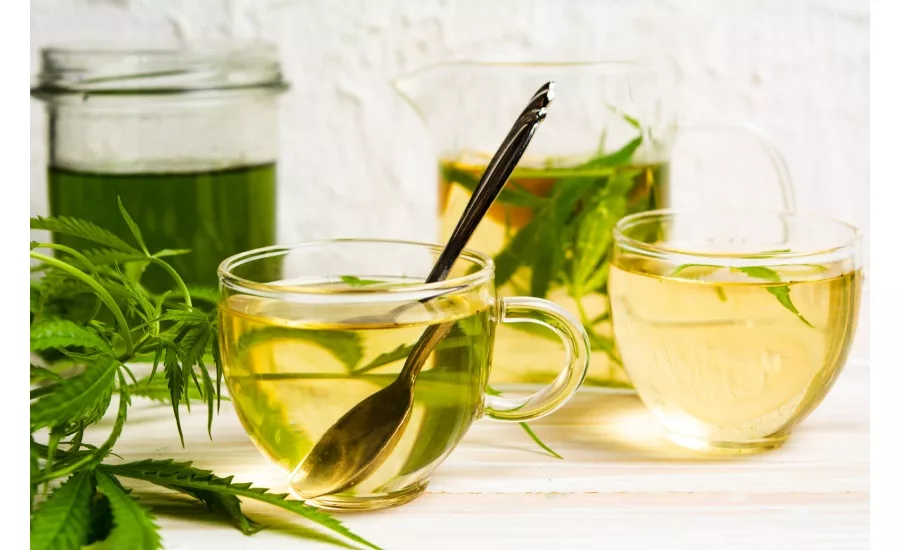
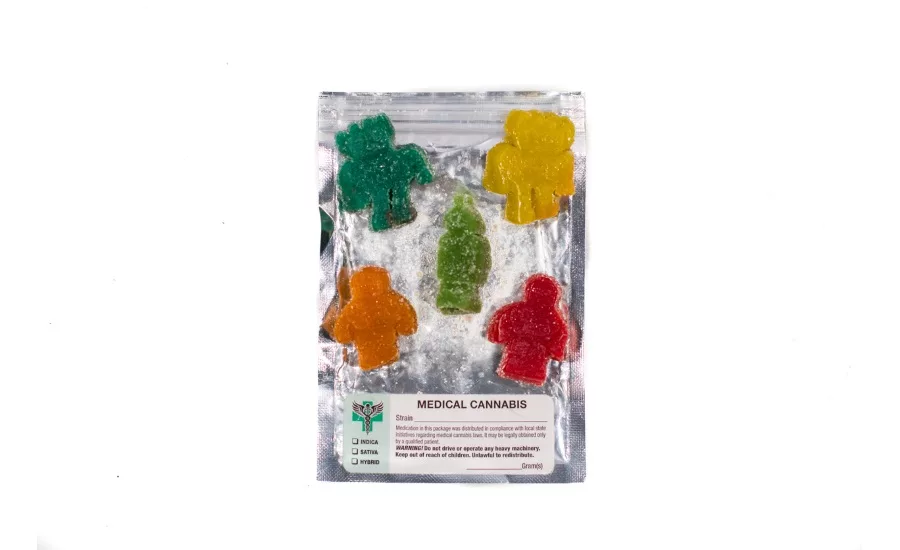
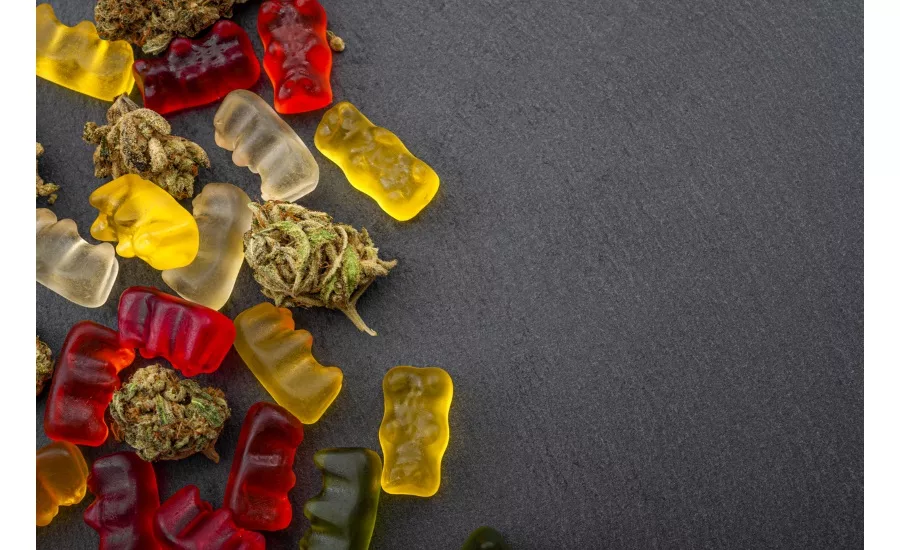
With cannabis becoming legal in more states, consumer safety is of the utmost importance. However, there is a difference between packaging for cannabis edibles and for beverages, and companies must strive to provide consumers with the safest and most convenient options.
Best practices to ensure consumer safety
"It’s simple: just accurately represent the functionality of the product, the content (ingredients) of the product, and provide honest and non-misleading product claims," says Tom Newmaster, founder and partner, FORCEpkg, Lancaster, PA.
Consumers need to try the products in small amounts and work themselves up to the amount that works for them, he says.
"To me, when I look at Cannabis and CBD products, I see that many are making claims that are not supported by approved federal studies; that [being] said, some states still allow CBD to be added to foods and dietary supplements," Newmaster explains.
Many times these products require warnings and special information to be provided on-pack, similar to what we see on supplements, he notes.
"In many ways it is still the Wild West in this industry with lots regulatory variation between states. Following the regular FDA regulations and guidelines for food and beverage packaging is important. This includes warnings and cautions, ingredient and nutrition facts, name and location of business, products identity, and the net quantity declaration."
Looking for quick answers on food safety topics?
Try Ask FSM, our new smart AI search tool.
Ask FSM →
Nancy Warner, founder/CEO, Assurpack, Greenwood Village, Colorado, says that best practices should follow similar guidelines to other food safety regulations.
"This includes having packaging that is FDA grade for food or pharmaceutical products. The other important requirement for infused products is to use a child-resistant package," she advises.
"The manufacturer should be able to supply you with a copy of their test certification. Testing is done at 3rd party ASTM qualified testing agencies and performed according to Consumer Product Safety Commission standards for child resistant packaging (16 CFR 1700.20). This includes testing of children as well as adults As the industry matures, there will be more requirements for shelf life testing and expiration dating standards. Companies should always test their product in the finished package for stability and shelf life before releasing to the market."
Nick Roelse, national sales/key accounts manager, Viking Masek, Oostburg, WI, says that customers are very serious about cleanliness and certifications of the equipment before taking receipt of it in to their facility.
"We specialize in IQ/OQ certification for all of our equipment, which is all built with a very high pressure sanitation stainless steel build. The last thing customers want is any sort of bacteria or outside environmental things to come in contact with any of their product and cause any issue."
Maria Ferrante, senior director, marketing and communications, PMMI, The Association for Packaging and Processing Technologies, Herndon, VA, says that the first step in ensuring the safety of cannabis products is educating the public on the two types of edibles: tetrahydrocannabinol (THC) and cannabidiol (CBD).
"THC is heavily regulated. Every batch is tested before it is released to retail, ensuring labeling and dosages are consistent," she explains.
"Since CBD does not have the same psychoactive properties, most products do not go through the same testing standards and are far less regulated. To make matters worse, independent testing has shown that many CBD products, even if labeled, are often incorrect or inconsistent with its dosage and ingredient labels."
At a minimum, cannabis and CBD companies should be adhering to state cannabis market regulations for CBD, she says.
"As the FDA rolls out more concrete regulations for CBD, it is in the best interest of all CBD companies to meet FDA guidelines preemptively so products can pass inspection at a later date. To this end, it is important to find a good credible lab to help with formulations and inputs. With edibles and beverages, there is more room to introduce contaminants within that scope."
Ferrante recommends hiring food safety experts to help elevate safety standards and meet FDA regulations.
"Some forward-thinking companies are looking to quality experts from food manufacturing to get ready for broader federal acceptance. The cannabis industry also requires packaging that can safeguard the dynamic formats required for different product types (e.g. buds, oils, beverages) while meeting accessibility regulations similar to the pharmaceutical industry before it. In the United States, cannabis packaging is highly regulated and rules vary by state. However, many common requirements are child-proof/child resistance, re-sealablilty, tamper-evidence and opaque packaging features."
Differences in best practices between edibles vs. beverages
"Simply follow the lead of regular food and beverage products. Use common sense when making product claims, and if you wouldn’t do it on a regular food item, you probably shouldn’t do it on an edible with THC or CBD," advises Newmaster.
"If there is something about the active ingredient(s) and how it is absorbed in liquid or solid form, I would refer to what is being done in the everyday OTC category. Again, I feel that common sense and building on what is being done in other similar categories is the overall 'best practice' for this new category of products," he says.
"Edibles and beverages should operate under the same guidelines as they are both food products ingested by the consumer," says Warner.One area of concern is if a bottle or can of beverage is considered one serving/single dose, then the consumer is expected to consume the full package, she explains.
"That is why the package requires a single use child-resistant feature and not a reclosable one. Branding is a big part of this industry, so there is a demand to develop more unique packages and child-resistant opening features for this new market, which includes beverages," Warner notes.
Roelse works in both the edible market and powder drink market.
"Both markets at our levels need the same amount of certifications and sanitation to again not allow outside factors to come in contact with the products," he says.
However, different product types all have unique needs, says Ferrante.
"According to the whitepaper 'Here to Stay or Up in Smoke,' produced by PMMI, the spotlight is shifting from cannabis in 'flower' or 'bud' formats toward more processed oils, edibles and topical solutions. This provides an opportunity for ancillary businesses (e.g., packaging) to expand and transform alongside the industry’s evolving product portfolio," she explains.
Cannabis companies are reaching for heat-proof borosilicate glass containers, polystyrene containers and BPA-free acrylic containers for packaging oils and waxes, she adds.
"Both edibles and beverage products require sealed tube jars, single-use bags using food-grade films and resealable, scent-proof solutions to ensure product integrity and freshness," Ferrante notes.
In terms of food safety, best practices between edibles and beverages are similar, she says.
"In an unregulated market such as cannabis, the possibility of foodborne illnesses resulting from unsafe and unsanitary manufacturing facilities is increased. Following established food safety protocols and guidelines of the food and beverage and dietary supplement industry allows manufacturers of cannabis products to implement a proactive approach by focusing on safety and reducing the risk."
Food and beverage manufacturing best practices include: maintaining a supplier list, quality control testing, sanitary handling of consumables, maintaining clean facilities and mitigating cross-contamination, Ferrante says.
"Successful food and beverage manufacturers also incorporate a food safety team, preventative controls and a food safety plan (FSP), including a detailed recall plan into their safety initiatives."
The cannabis market’s tremendous growth has driven manufacturers to follow similar guidelines as mainstream food and beverage companies to ensure safety is afforded equally to consumers of cannabis edibles and beverages, she states.
"By utilizing food safety best practices, cannabis businesses can avoid the negative consequences resulting from failure to address food safety hazards in manufacturing, storage and packaging. At the end of the day, it’s up to cannabis manufacturers to be proactive in ensuring cannabis edibles are safe to consume until regulations are mandated."






